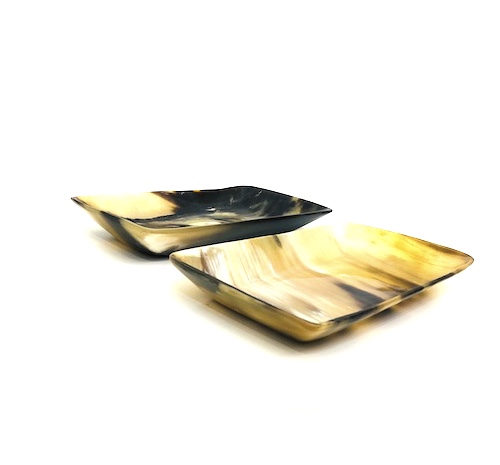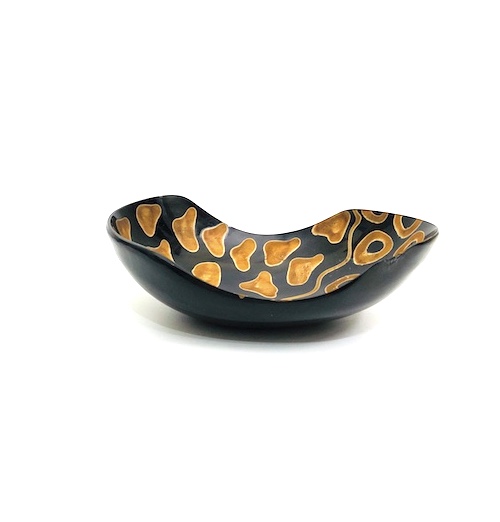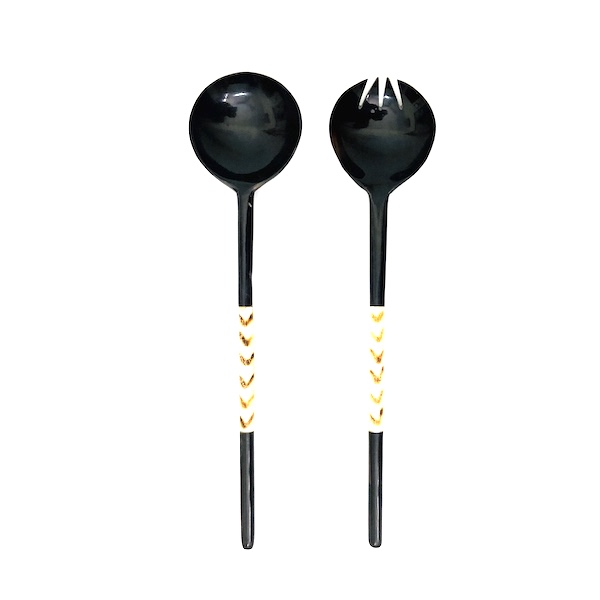Horn'y up Your Kitchen!
When you are tired of that boring glass bowl and want something warm and unique, consider horn. No one else will have the same product. Promise!

Horns would be the last thing you would expect to see around someone's household. Unless you, of course, are a Viking descend. Probably all you knew so far is that horns are pointy projection on the head of animals.

Horn mainly contains keratin surrounding the live bone, a similar substance our hair has.
Usually, they have different shapes and sizes, mostly curved and spiral. Every horn product has a unique colour and pattern given by nature. Small irregularities don't mean a defect, and it only adds up to its originality. This feature makes them unique as there is no same product.
And there are various horn products, like horn combs, a horn made jewellery boxes, pins, horn bowls, horn mugs (the famous Viking Cups) and many more.
In ancient times, some horns believed to have medicinal properties. For example, Antelope horns used in Traditional Chinese Medicine.
Origin:
Horn material is obtained from horned animals like cow, buffalo, yak, sheep, goats and some others. The quality of the horn depends on the conditions animal lived in. Harsh conditions, lack of food makes horn harder like its seen in the wild animals.
Horns mostly obtained from a domesticated or abandoned animal after their death. No wild or an endangered animal species were harmed for collecting horn to make products we supply.

Process:
Mechanical: band saws are used for sawing horn as the traditional method. Nowadays, circular saws and drill machine can also be used.
Fine finishing is done using cloths and special pads and pouring water or non-drying oil for proper finishing.
Bending: the obtained horn is heated up to temperature around 200-degrees centigrade so the material can be easily bent.
Then the material gets shaped as desired along with slow cooling.
Another way is cooking horns in the hot oil until it becomes bendable toa desired share. Important is not to overheat the horn to prevent the material from being burned.
Fixing and Shaping: we recommend to roughen the surface before start fixing horn with any material. Horns shaped and fixed with the help of glue. Since it contains natural oils, it should be degreased first. Further, glue is also used to fill any remaining gaps.
Finalising and Dyeing: dyeing is done to prevent drying or to polish the product. Dyeing also helps in sealing the gaps and increase the overall gloss of the product.

Care for horn Products:
Avoid over-drying and prolonged exposure in the heat or the sun.
It is not dishwasher safe.
Do not hold boiling food or water for too long in the materials.
Avoid conventional washing liquids and household cleaners to clean horn items.
Advantage of Horn Products:
Display worthy attractive designs.
Long-lasting Lifelong aptitude
User-friendly

Horn Products:
Horn mugs or so-called famous Viking Cups or Viking mugs.
Horn trays
Horn jewellery boxes
Horn buttons